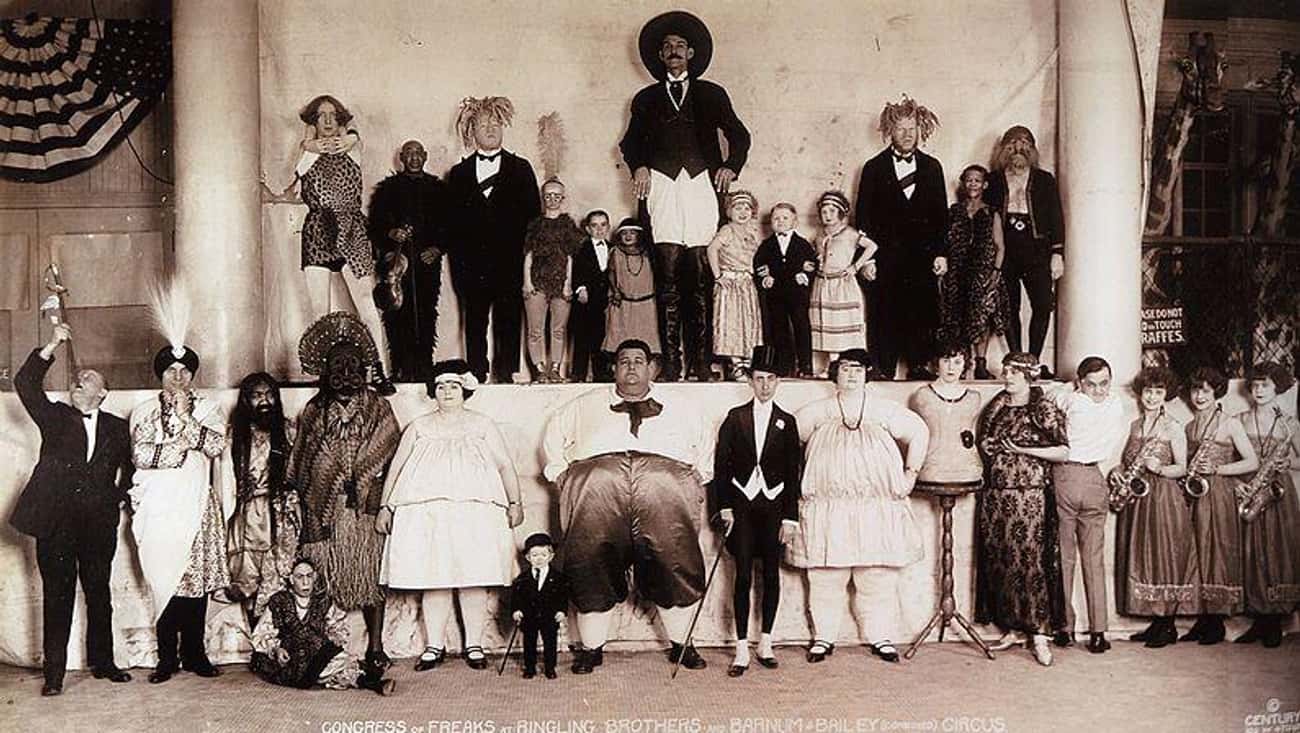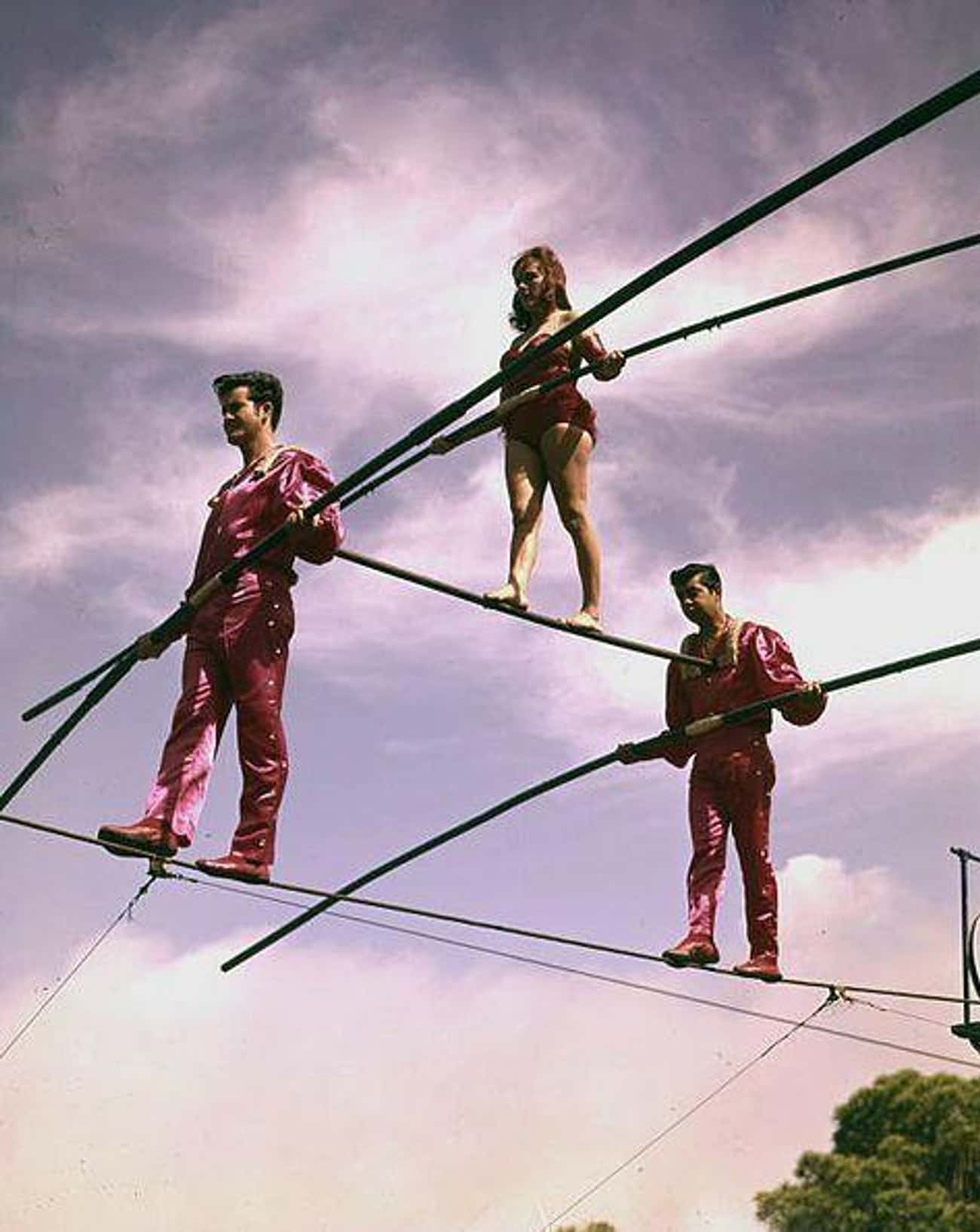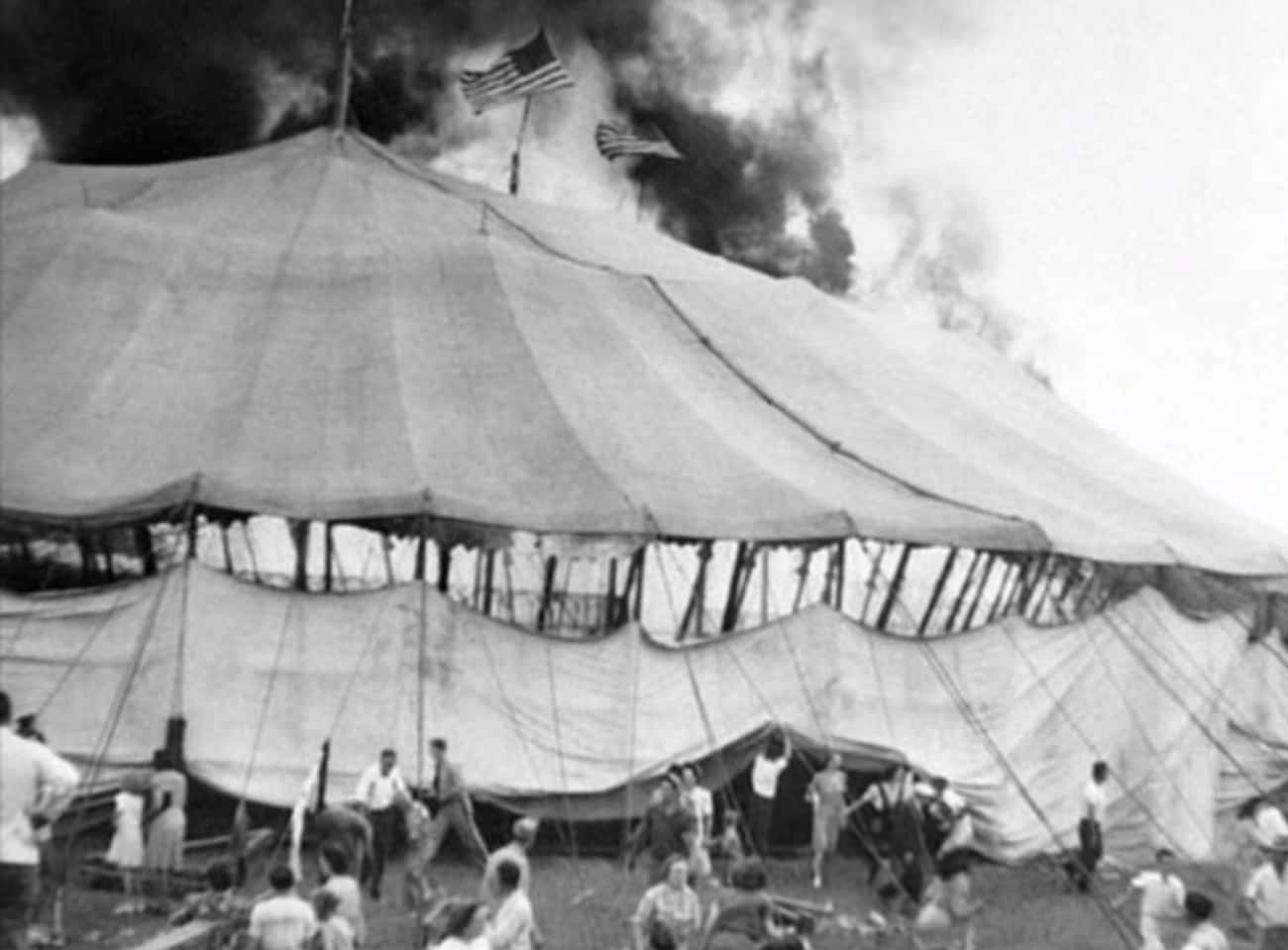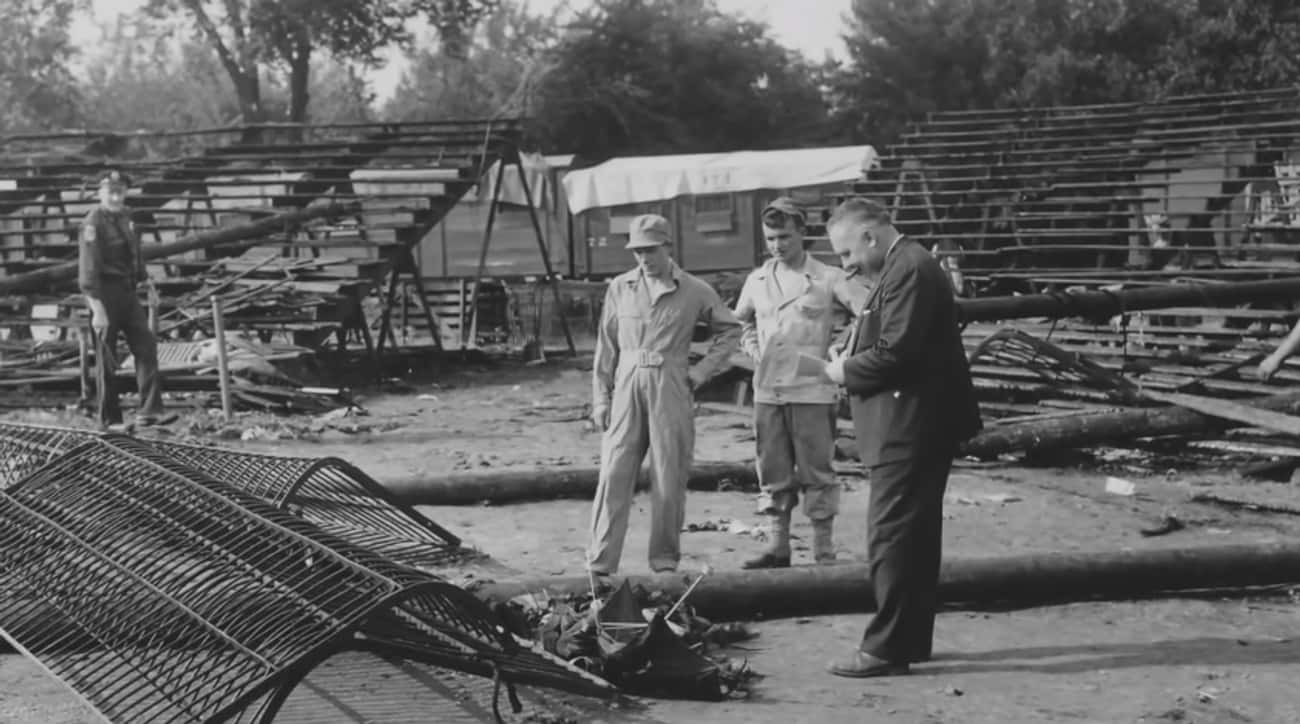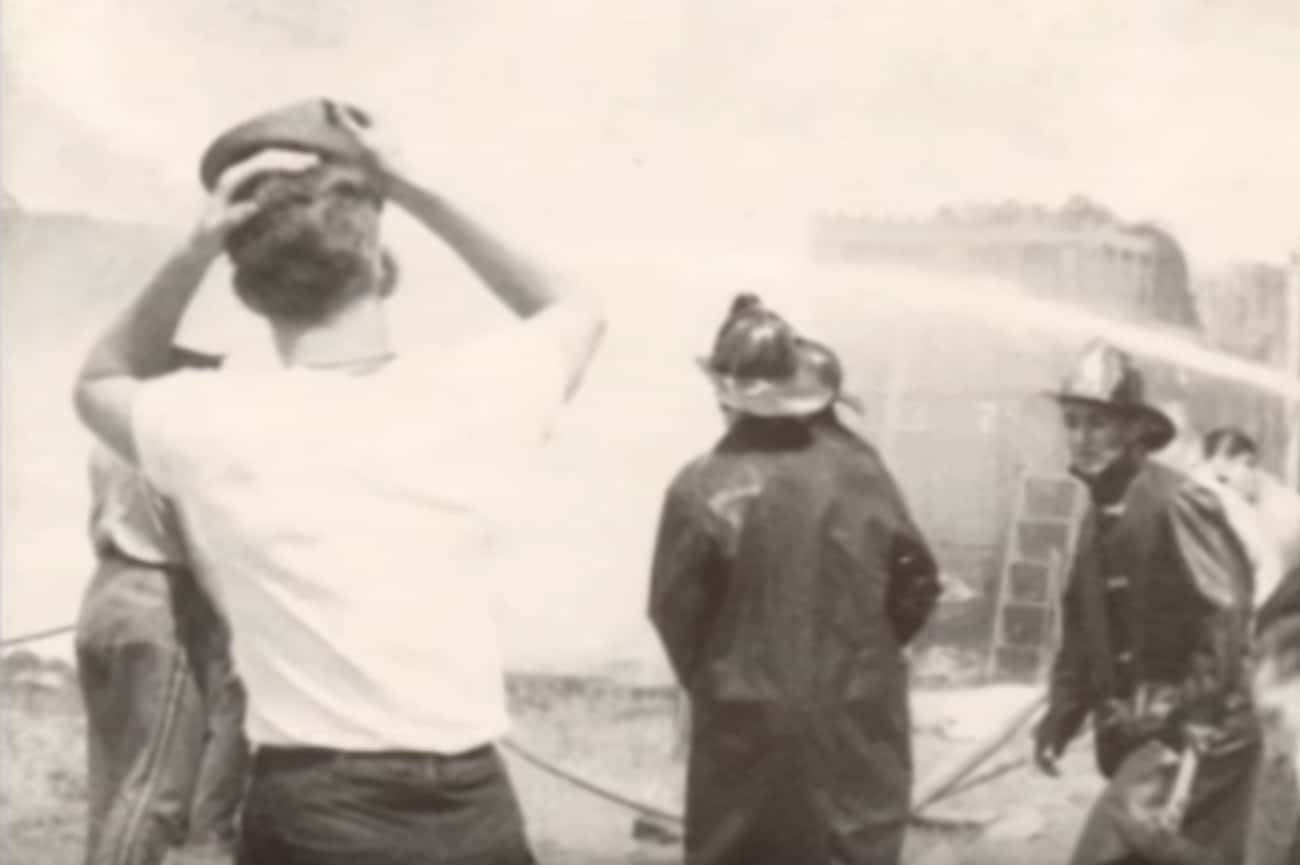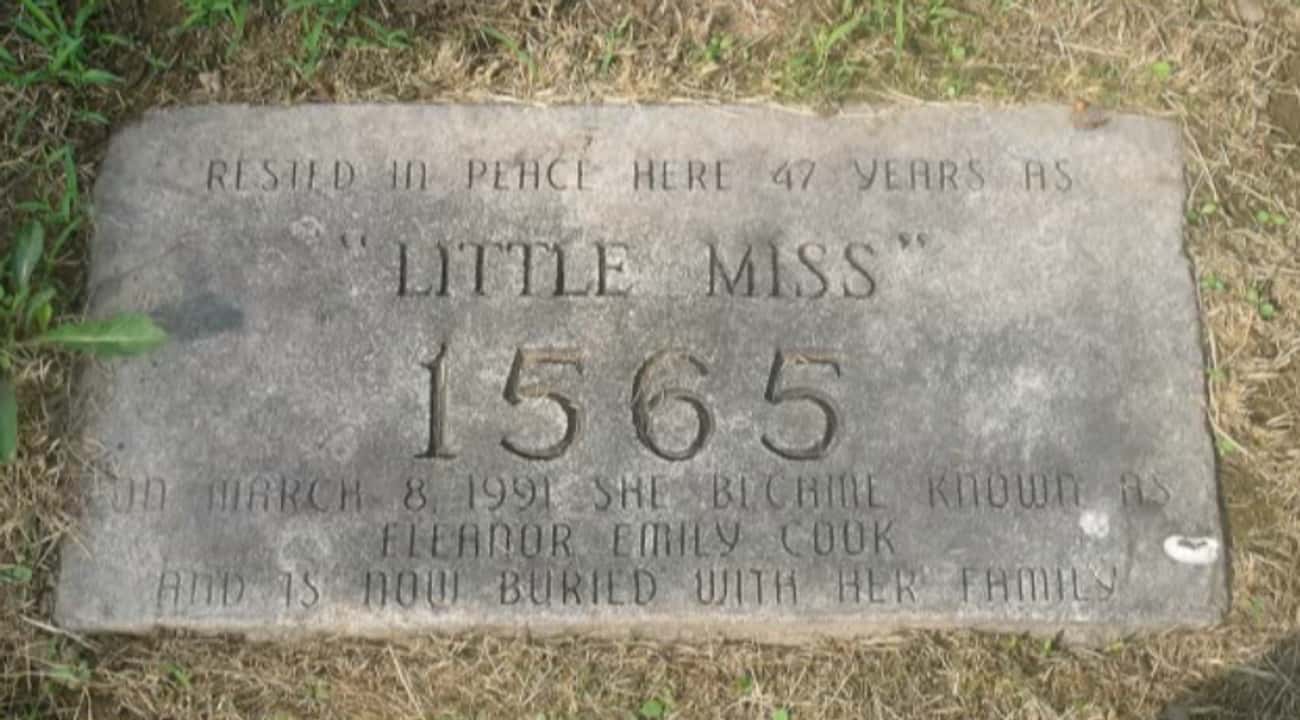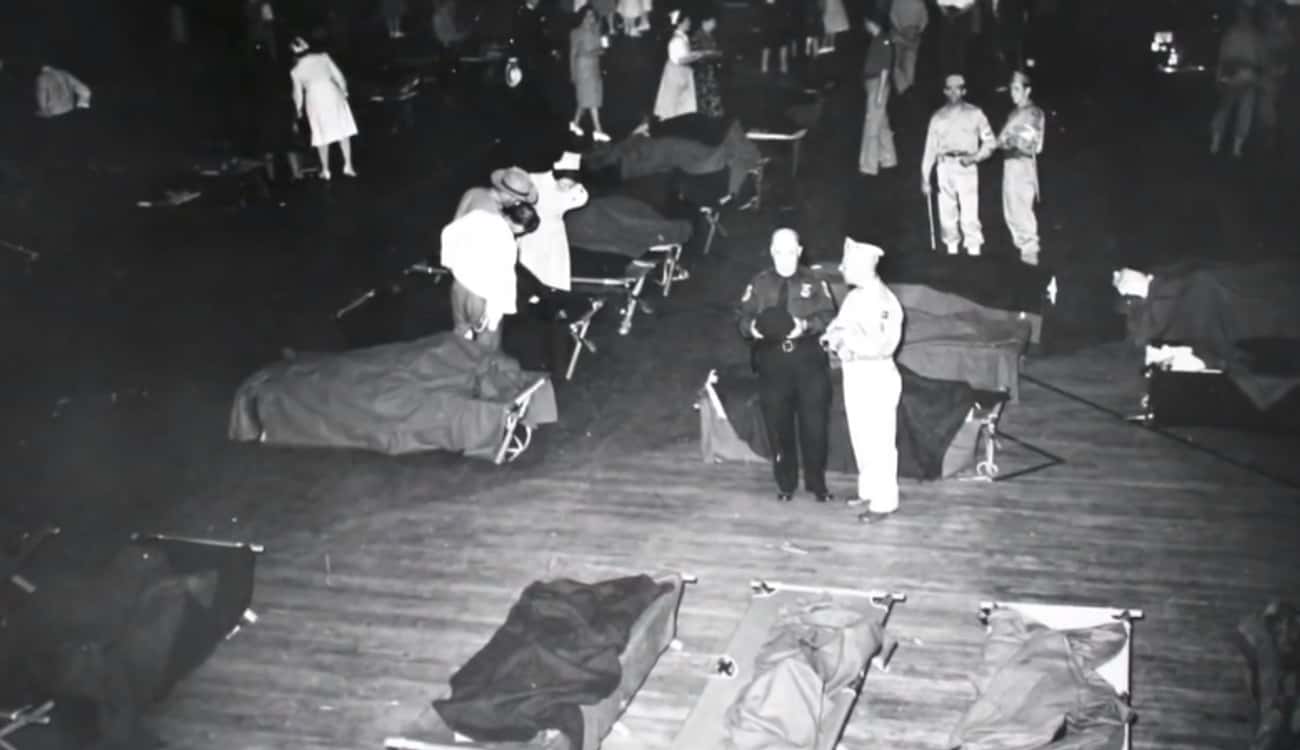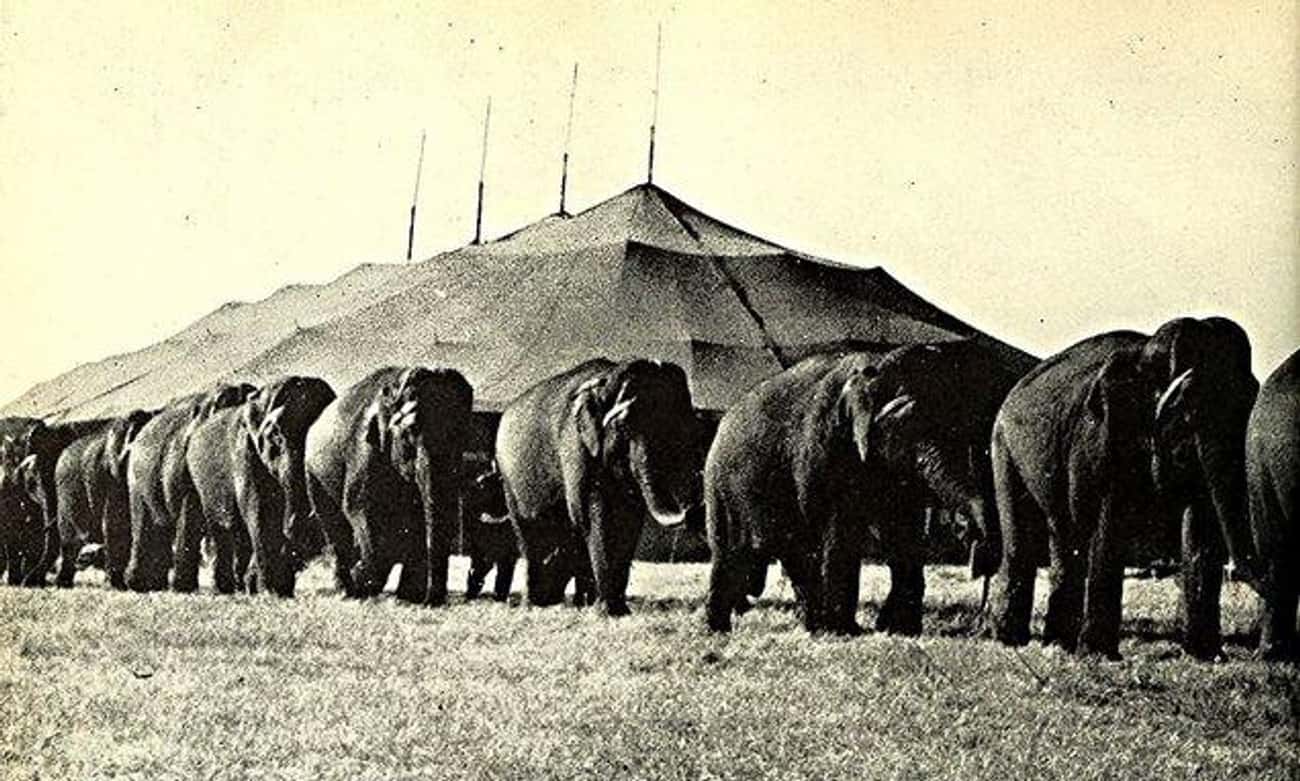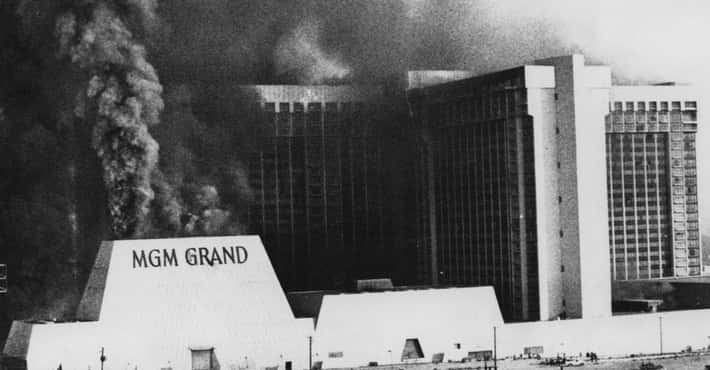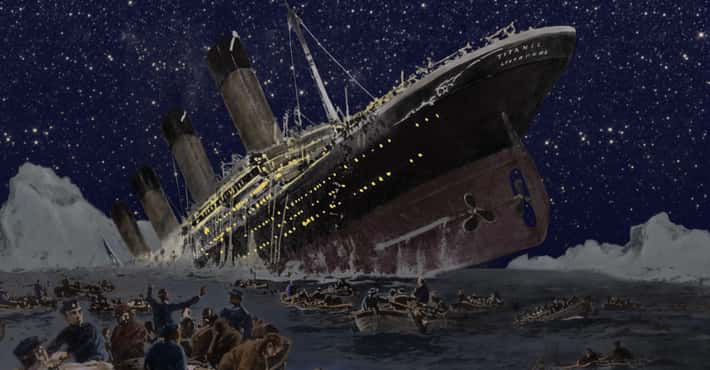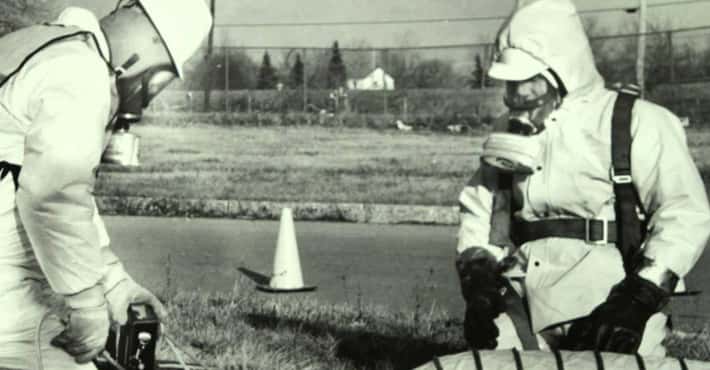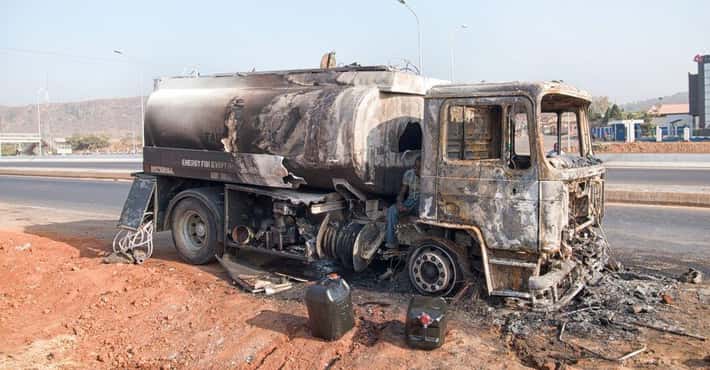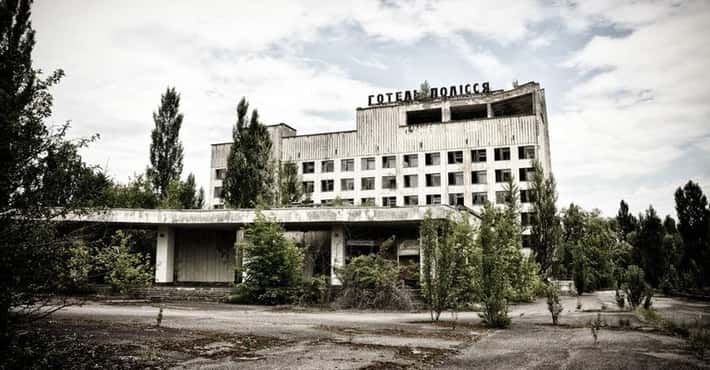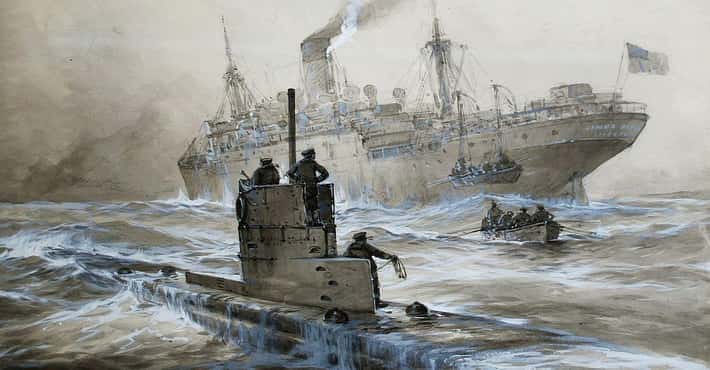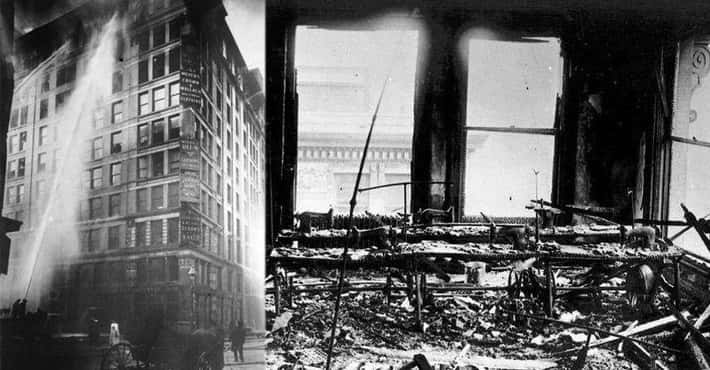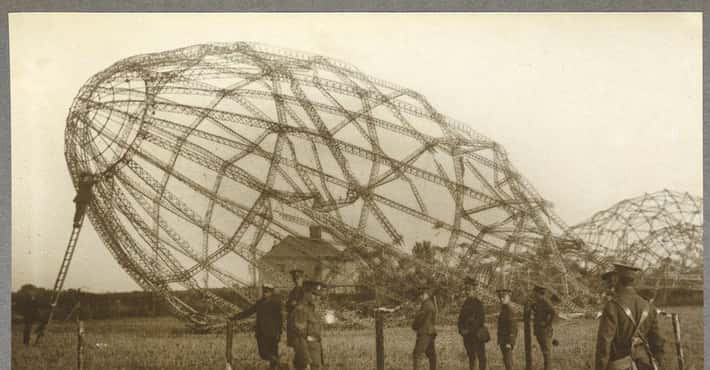The Day The Clowns Cried – The Story Of The Hartford Circus Fire
It Was Easily One Of The Worst Disasters In Circus History
Video: YouTube
Circuses make their money by providing thrills to the masses, in a safe environment. Sadly, from time to time, things do go awry. Historically, there have been all kinds of horrifying incidents: lion tamers getting mauled, aerialists falling from high wires, and even train collisions. The fire at the Ringling Brothers and Barnum & Bailey Circus in Hartford, Connecticut, stands among the worst disasters in circus history worldwide.
Because Of WWII, The Victims Were Mainly Women And Children
Photo: Century Flashlight Photographers / Wikimedia Commons / Public DomainWorld War II had a major effect on the home front, with lots of young men away from home in the theaters of battle and extra work to be done in factories to support the war effort, which many women – as emblematized by Rosie the Riveter – took up. The majority of the circus fire casualties were women and children, which was likely because so many adults, especially men, were away from home or working.
In addition, some of the blame for the tragic fire was placed on a shortage of workers with the circus, as well as delays. The circus had arrived late to Hartford – some believe that the reason fire extinguishers weren't placed in their proper locations was the rushed setup of the facilities. Whatever the excuse, all of the fire safety equipment remained inaccessible in storage at the time of the tragedy.
The Fire Began Just After The Great Wallendas Went On Stage
Photo: State Library And Archives Of Florida / Wikimedia Commons / Public DomainThe Great Wallendas were, and still are, one of the most famous circus families in history, wowing audiences and setting records with their high-wire and daredevil stunts. They were performing with the Ringling Brothers that fateful day in July and were only about 20 minutes into their act when the fire started.
They managed to get down quickly without injury, as the band leader switched songs to "Stars and Stripes Forever." That was the universal cue for circus members that there was an emergency, without alarming the audience and causing a stampede. At the same time, Fred Bradna, the ringmaster, encouraged the audience to quickly and efficiently exit the tent without rushing. That warning fell on deaf ears.
The Tent Was Made To Burn Like Crazy – They Just Didn't Know It
Video: YouTube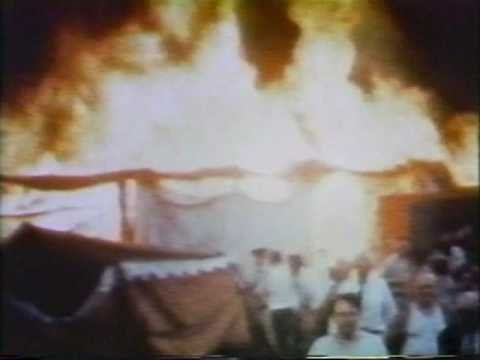
The roof of the big top had been waterproofed by circus employees a few months before the catastrophic fire, but it's very likely that their waterproofing methods were what led to the deaths of so many of the circus goers. They used "a mixture of four parts Texaco White Gasoline and one part Standard Oil Company Yellow Paraffin Wax," which they poured onto the canvas tarps and brushed into the fabric with brooms.
Although it seems like an extreme fire hazard to pour gasoline on canvas, back then, it was a common method of waterproofing. The top may have burned readily, but the sides were not coated with the mixture – since many people escaped through cuts in the sides of the tent, it's possible that not waterproofing the sides saved a lot of lives.
Causes Of Death Included More Than Just Burns
Photo: Horror Stories / YoutubeAccording to ConnecticutHistory.org, when it came to official causes of death: "Most died from exposure to the fire and smoke, but a significant number were also trampled." The exposure to the fire alone would have been painful and deadly, but to make matters worse, chunks of flaming canvas were falling from above, with hot wax melting off of the waterproofed tent. The circus goers who were trampled to death were trying to escape through one of only a small handful of exits, heavily blocked by the 7,000 people trying to escape. Two of the exits were blocked by tunnels for the animals to be able to travel in and out of the big top, which caused deadly delays.
Some People Managed To Survive By Being At The Bottom Of A Pile Of Bodies
Photo: Circusfire1944dotcom / YoutubeDonald Gale, a 10 year old, and seven-year-old Elliot Smith were attending the circus with family and friends when they became trapped near different exits. Elliot got stuck near the exit where the animal chutes were blocking the path, and he never lost consciousness as people fell on top of him. Donald, near another exit that had bottlenecked just before the roof collapsed, passed out as bodies fell – and kept him safe from the flames.
Both boys were rescued by firemen who were putting out what remained of the fire and were taken to the hospital, where they shared a room for their nearly half-year recovery. They talked about their experiences with the program Disasters of the Century decades after the traumatic event.
Because Of A Wide-Spread Photo Of "Sad Clown" Emmett Kelly Holding A Bucket Of Water, The Event Was Known As "The Day The Clowns Cried"
Photo: circusfire1944dotcom / YoutubeEmmett Kelly created his sad clown character "Weary Willie" when he was trying to make it as a cartoon artist in the early 1900s. He ended up in the circus instead, working first as a trapeze artist and then bringing "Weary Willie" to life as a full-time clown. He was present for the Hartford circus fire, and he did what he could to help people escape and put out the flames. A photo of Kelly carrying a bucket of water became very widespread and led to the event being nicknamed "The Day The Clowns Cried."
According to his grandson, Kelly loved children and carried the pain of hearing their screams as they died for the rest of his life.
The Actual Casualties Were Most Likely Much Higher Than The Numbers Reported
Photo: Bad Day HQ / YoutubeAlthough sources give several different numbers for exactly how many people died the day of the fire, the most agreed upon number is 167. The number of people injured was around 700, although that figure only included the injuries that were reported and treated. Many sources admit that the true number of victims of the fire may never be known.
"Little Miss 1565" Wasn't Identified Until 1991, And Even Then, Not For Certain
Photo: Michelle Roche / YoutubeOf all the people lost in the fire, there was one who stood out for decades. Known for years as "Little Miss 1565" (the number she was given in the morgue), she remained anonymous even though every effort was made to find her family. What was most unusual was that her face only had minor burns. She was trampled in the disaster – not burned to death – and survived for three hours in the hospital afterwards.
Her photo was widely circulated in an attempt to find her family, but no one came forward. In 1991, it seemed like Hartford Fire Lt. Rick Davey had finally found her name: Eleanor Cook. As happy as some people were to give her an identity, some others believe that it's the wrong one and that her name was actually Sarah Graham. Either way, she was reburied alongside the boy who may have been her brother, Edward Cook, who also died that day.
A 15-Year-Old Named Robert Dale Segee Confessed To Lighting The Fire, But He Later Recanted
Photo: Circusfire1944dotcom / YoutubeRobert Dale Segee was only 15 on July 6, 1944, and he was an employee of the circus. He waited for six years before confessing to setting the deadly fire – among other things. He claimed that he had also set several fires in other states and had murdered four people. According to the Milwaukee Journal, Segee told police that he was "haunted by strange fiery dreams which sometimes drove him to crime" as a way to explain his penchant for arson. He was never convicted of setting the fire in Hartford, and decades later, he recanted his confession, claiming that he had been mentally ill.
The Circus Claimed Responsibility For Paying The Damages, But Not For The Fire Itself
Photo: Circusfire1944dotcom / YoutubeThe State Fire Marshal eventually found the cause of the fire to be inconclusive but reported that it had most likely been started by a carelessly tossed cigarette. Although circus employees were not held responsible for actually starting the blaze, there were other things to consider. For instance, the safety equipment (such as fire extinguishers) was not properly in place since they were so late in arriving and setting up.
In the end, Ringling Brothers and Barnum & Bailey paid out $5,000,000 in damages to victims of the fire.
The Traumatic Event Left A Lasting Impression On Survivors
Photo: CharmaineZoe's Marvelous Melange / Flickr / CC BY 2.0Although many survivors of the fire came forward to tell their stories, some refused to speak of the incident. One man who attended the circus with his brother, Arthur Joseph Payne, claimed that he repressed the memories for almost 50 years because they were so painful; his brother always refused to speak of it.
The website Circus Fire 1944 has a list of moving personal accounts from those who made it out of the tent alive, detailing both the sense of victory at surviving the ordeal and the overpowering losses suffered that day.


